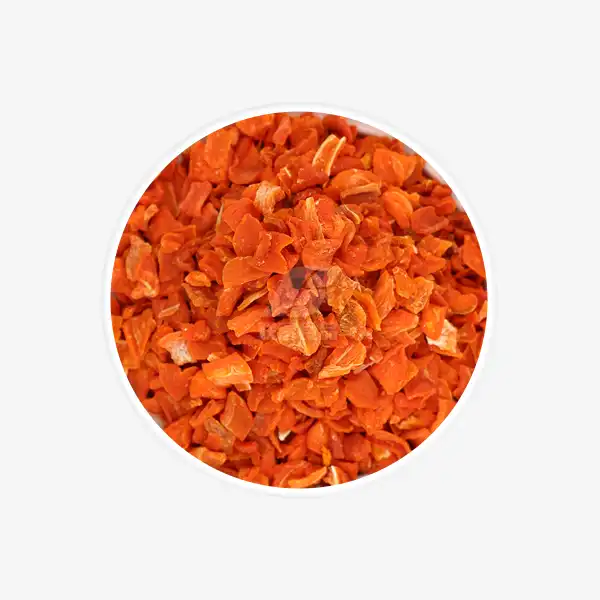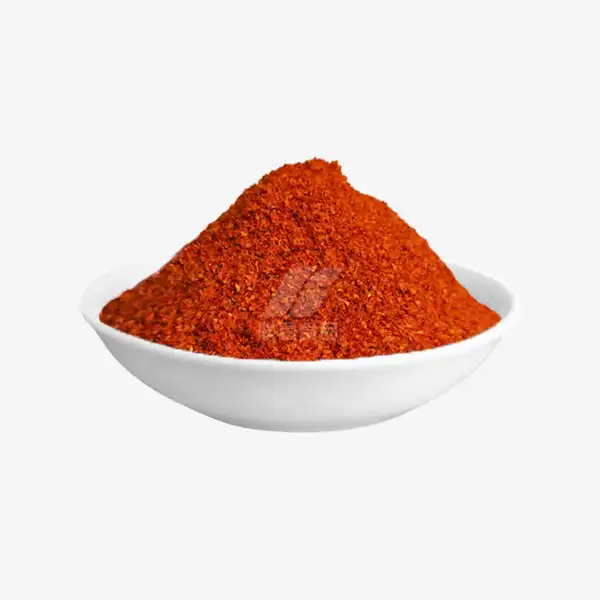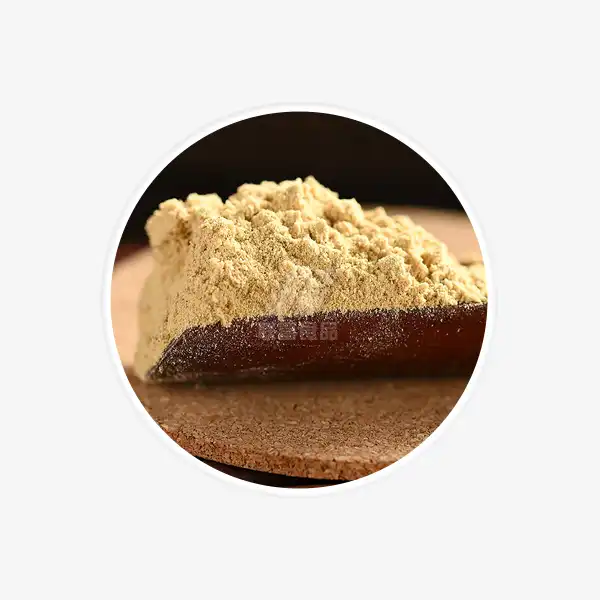How to Properly Balance Black Cocoa Powder in Recipes?
Achieving the perfect balance when incorporating black cocoa powder into your recipes is crucial for success. Unlike regular cocoa powder, black cocoa has unique properties that require careful consideration:
Substitution Ratios
When substituting black cocoa for regular cocoa powder, it's essential to use the correct ratio. Generally, you'll want to use less black cocoa than you would regular cocoa. A good rule of thumb is to replace about 25-30% of the regular cocoa with black cocoa. This helps maintain the proper moisture balance in your recipe while still achieving that deep, dark color.
Moisture Considerations
Black cocoa powder is typically drier than natural or Dutch-processed cocoa, which can affect the moisture balance in your baked goods. To compensate for this, it's essential to adjust the liquid content in your recipe. Adding a tablespoon or two of extra liquid—such as milk, water, or even a bit of oil—can help maintain the desired texture and prevent your baked goods from turning out too dry, crumbly, or dense. This simple adjustment ensures a moist and flavorful result.
Leavening Agents
Black cocoa powder is highly alkalized, which means it doesn't react with baking soda the same way natural cocoa powder does. When using black cocoa, opt for recipes that call for baking powder as the primary leavening agent, or adjust your recipe accordingly to ensure proper rise and texture.
Flavor Intensity
The intense flavor of black cocoa can overwhelm other ingredients if not used judiciously. To create a well-balanced flavor profile, consider combining black cocoa with regular Dutch-processed cocoa. This allows you to achieve the desired color while maintaining a more nuanced chocolate taste.
Common Errors When Using Black Cocoa Powder in Baking
Even seasoned bakers can stumble when working with black cocoa powder. Here are some frequent mistakes to watch out for:
Overusing Black Cocoa
One of the most common errors is using too much black cocoa powder. While it's tempting to go all-in for that dramatic black color, excessive use can lead to dry, bitter, or overly intense results. Remember, a little goes a long way with this potent ingredient.
Neglecting pH Balance
Black cocoa's high alkalinity can throw off the pH balance of your recipe, affecting both texture and flavor. Be mindful of this when adapting recipes, and consider adjusting other ingredients to maintain the proper acid-base balance.
Inadequate Mixing
Due to its fine texture and dark color, black cocoa can be challenging to incorporate evenly into batters and doughs. Insufficient mixing can result in streaks or pockets of intense flavor. Take extra care to blend thoroughly, possibly sifting the cocoa with other dry ingredients before incorporating.
Overlooking Color Changes
Black cocoa can darken significantly during baking, which may affect your ability to judge doneness visually. Rely on other cues, such as texture and internal temperature, to determine when your baked goods are ready.
Forgetting About Staining
While black cocoa won't stain teeth like food coloring might, it can still leave marks on clothing, countertops, and baking equipment. Take precautions to protect surfaces and wear appropriate attire when working with this ingredient.
What to Know About Black Cocoa Powder's Strong Flavor?
The robust flavor profile of black cocoa powder is both its greatest asset and a potential challenge. Understanding how to work with this intense taste is key to creating delectable baked goods:
Flavor Pairing
Black cocoa's bold flavor pairs well with certain ingredients while potentially overwhelming others. It works beautifully with:
- Mint
- Vanilla
- Caramel
- Fruit flavors like cherry or raspberry
- Nuts, especially almonds and hazelnuts
Balancing Sweetness
The intense bitterness of black cocoa may require adjusting the sweetness in your recipe. You might find you need to increase the sugar slightly or incorporate ingredients like honey or maple syrup to achieve the right balance.
Layering Flavors
For a more complex flavor profile, consider layering black cocoa with other types of chocolate. Using a combination of black cocoa, regular cocoa powder, and even melted chocolate can create depth and nuance in your baked goods.
Enhancing Umami
Black cocoa's rich flavor can contribute to the umami taste in savory applications. Don't be afraid to experiment with it in dishes like chili, barbecue sauces, or even bread recipes for a unique twist.
Aging and Mellowing
Some bakers find that the flavor of black cocoa mellows slightly over time in baked goods. If possible, allow cakes or cookies made with black cocoa to rest for a day before serving to allow the flavors to develop fully.
Conclusion
Mastering the use of black cocoa powder in baking can elevate your creations to new heights of flavor and visual appeal. By avoiding common mistakes and understanding how to balance its unique properties, you'll be able to harness the full potential of this intriguing ingredient. Remember to start with small amounts, adjust your recipes thoughtfully, and don't be afraid to experiment. With practice and patience, you'll soon be crafting stunning black cocoa masterpieces that are sure to impress. For more information on our high-quality black cocoa powder and other baking ingredients, please contact us at qingzhengliu@jslianfu.com.

_1729843393550.webp)









